Space news stories
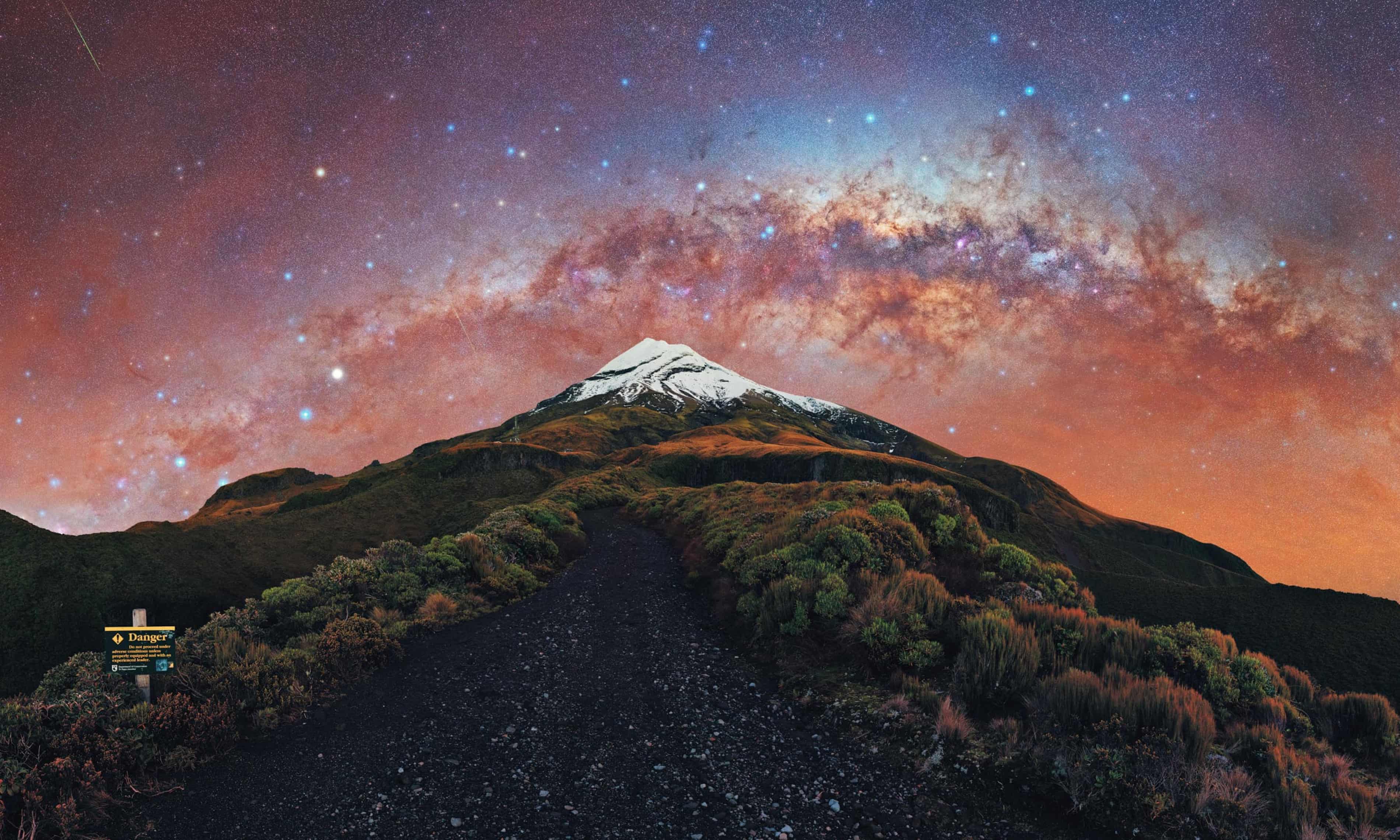
The Milky Way season ranges from February to October in the northern hemisphere and from January to November in the southern hemisphere
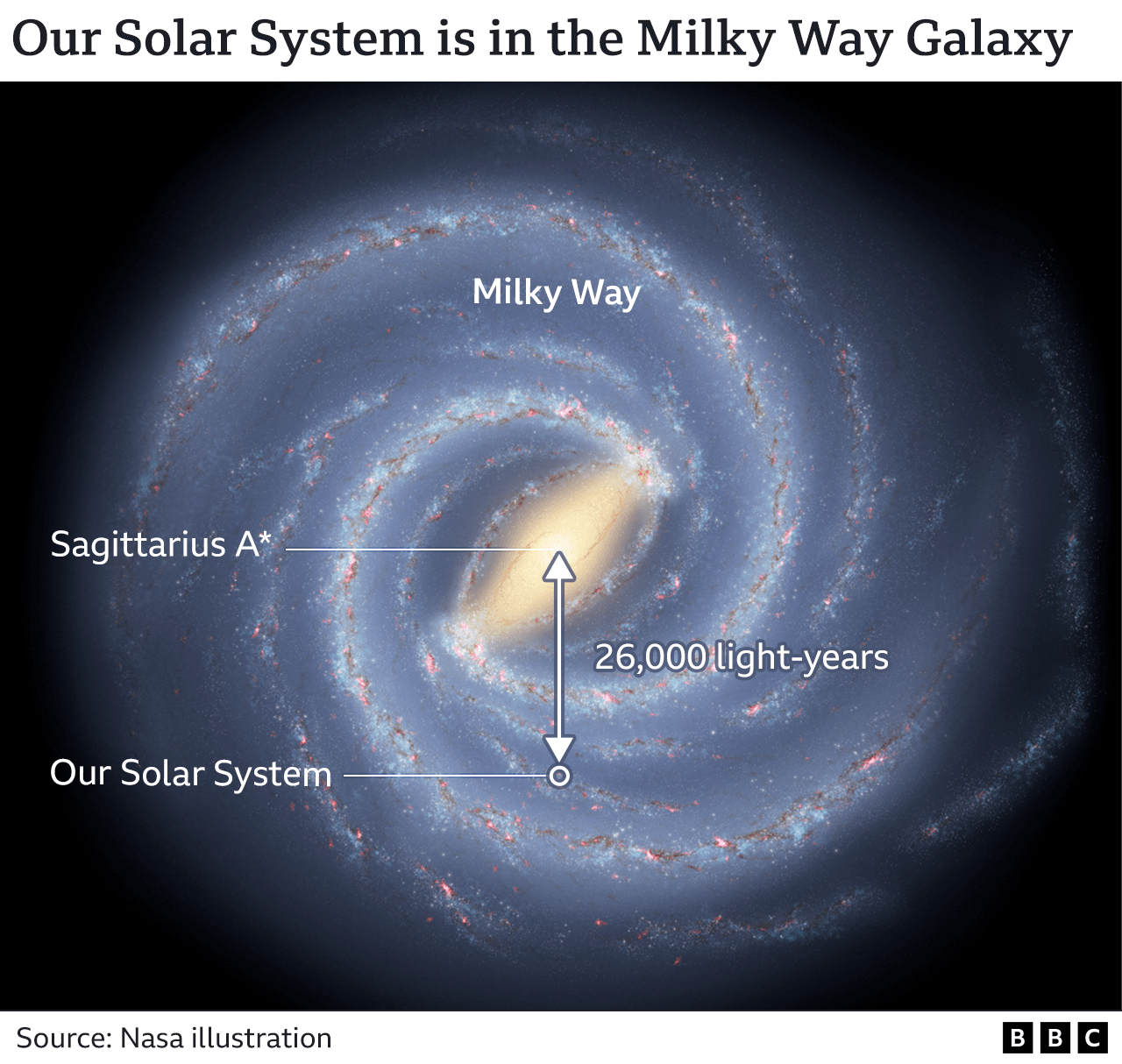
This is the gargantuan black hole that lives at the centre of our galaxy, pictured for the very first time. Known as Sagittarius A*, the object is a staggering four million times the mass of our Sun.
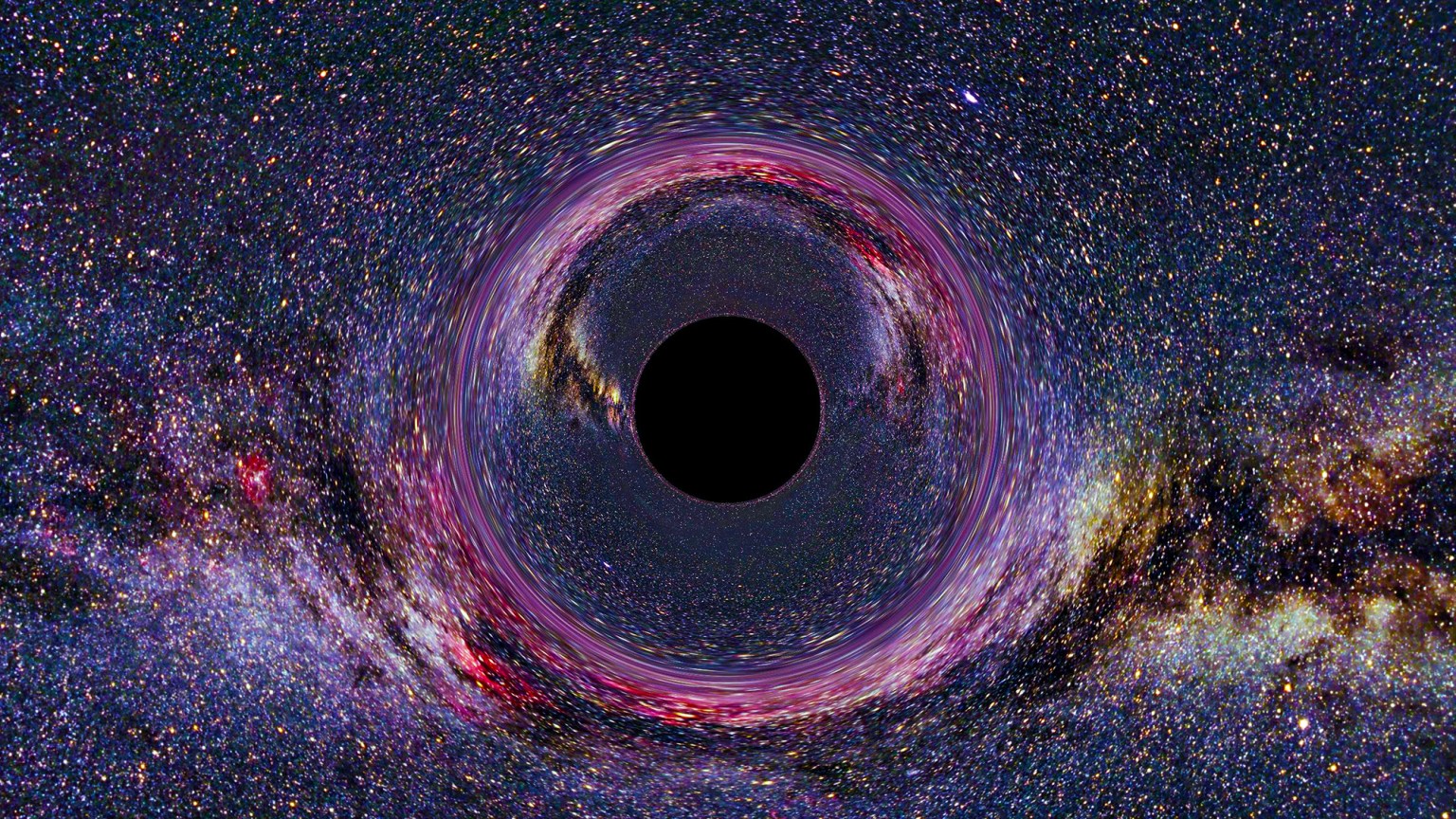
The astrophysics community is abuzz. On May 12 at noon, the Event Horizon Telescope collaboration will hold a news conference at which a major announcement will be made.

One of the most recent snaps beamed back from the Curiosity rover on Mars has revealed a rather interesting feature in the rocks: what looks to be a perfectly carved out doorway nestling in the Martian landscape.
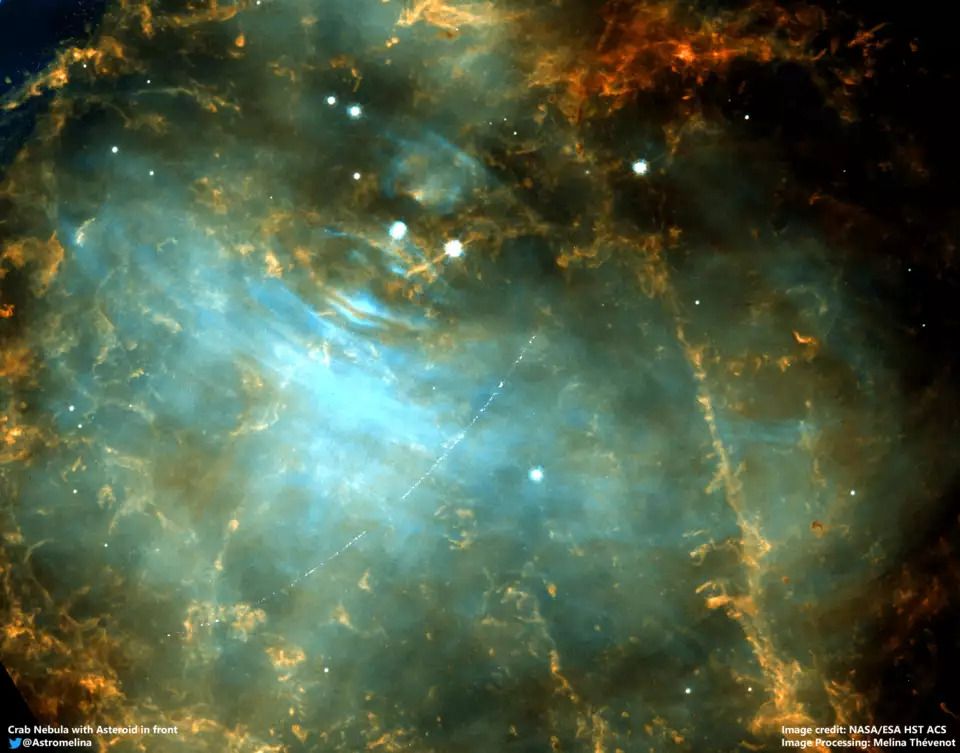
Astronomers have revealed the trails of nearly 1,500 new asteroids hidden in data gathered by NASA’s most venerable space telescope.
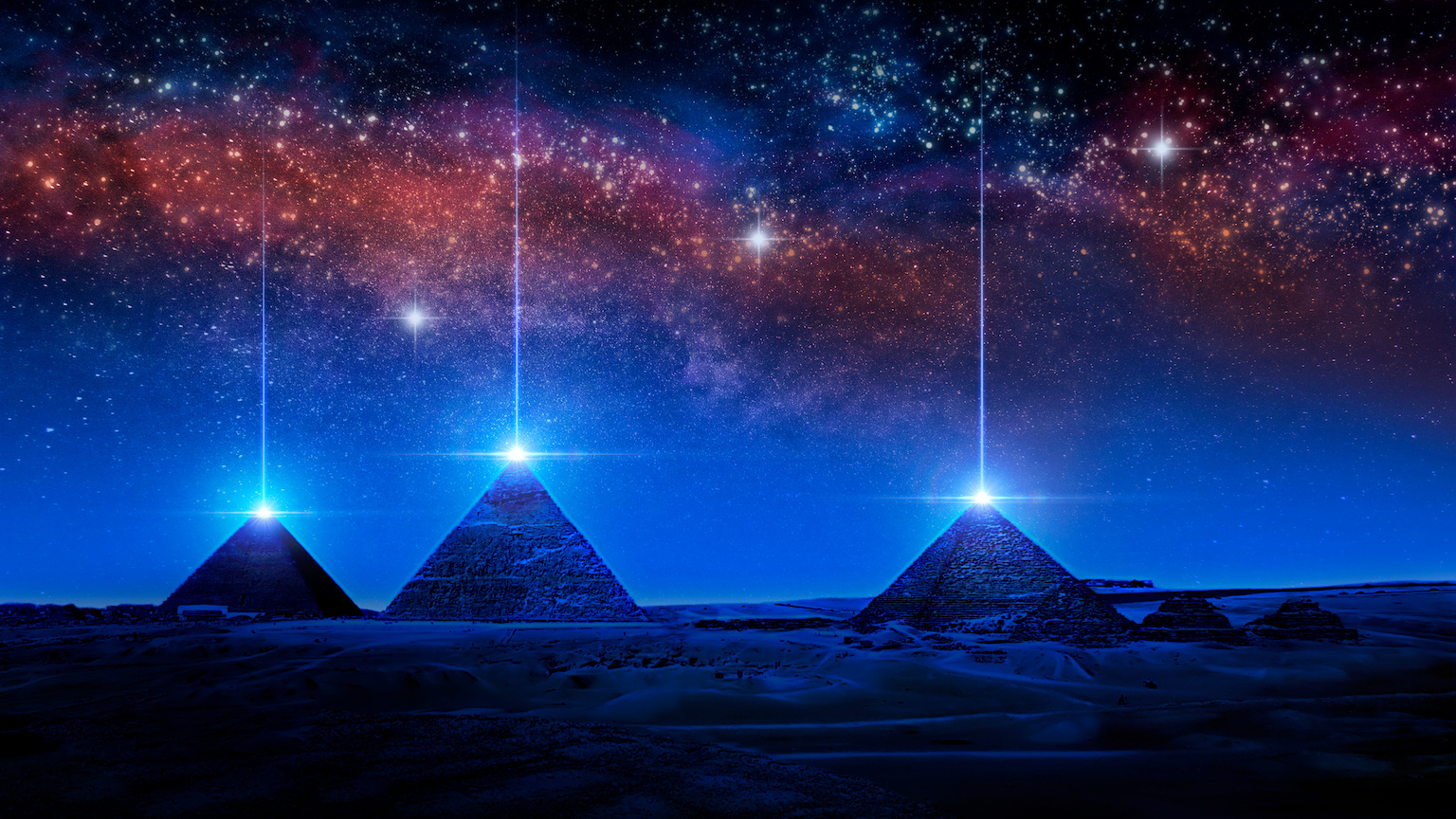
The concept of aliens is quite old. Long before human civilization developed a scientifically accurate understanding of the cosmos, people across the world looked up at the sky and wondered what was out there.

This is advance notice of a total lunar eclipse that takes place next weekend. A total lunar eclipse is when the moon passes through the shadow of the Earth.
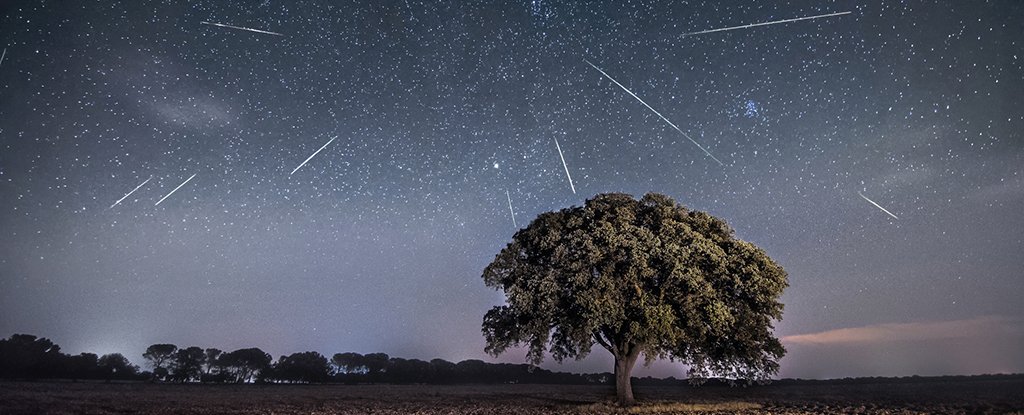
There’s something wonderful about sitting under the night sky, watching a meteor shower play out overhead.
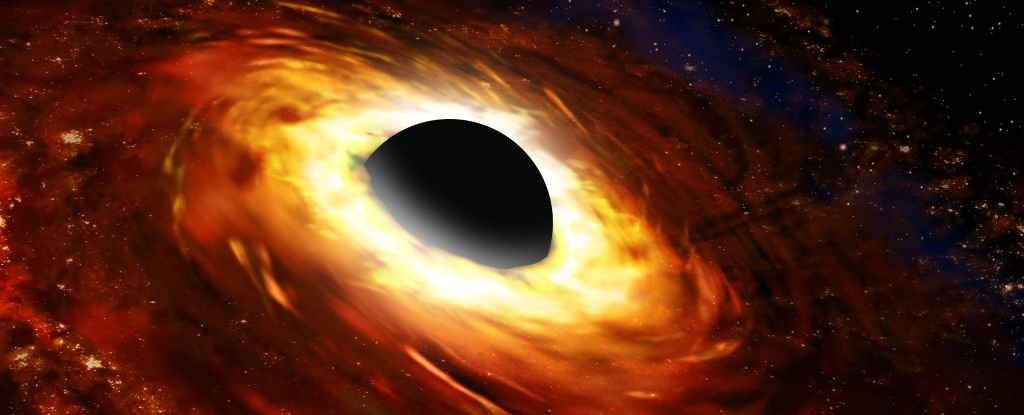
Within the Milky Way, astronomers have just identified eight new examples of these echoing black holes. Previously, only two had been identified within our galaxy.
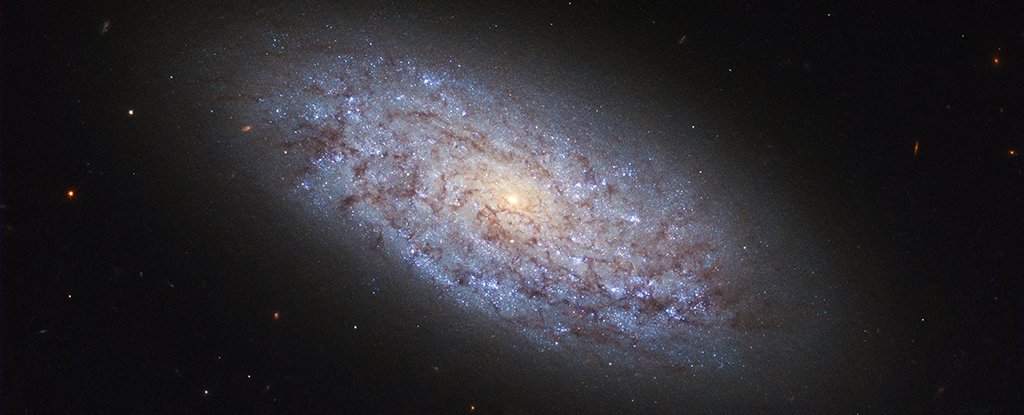
Dark matter is one slippery substance. As far as we can tell, it has to exist for our current models of the Universe to work. But not only can we not see it, feel it, or interact with it in any way – we’re not even sure what dark matter really is.
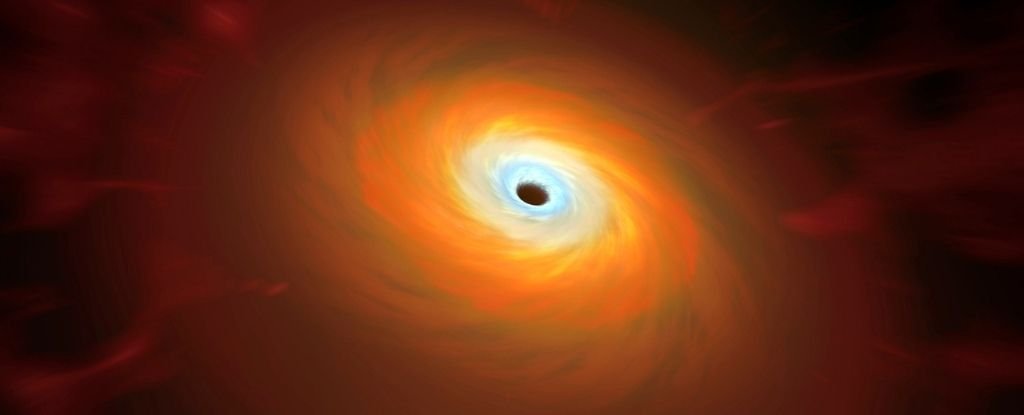
In two weeks’ time, the European Southern Observatory (ESO) is going to present the world with new information about our Milky Way.
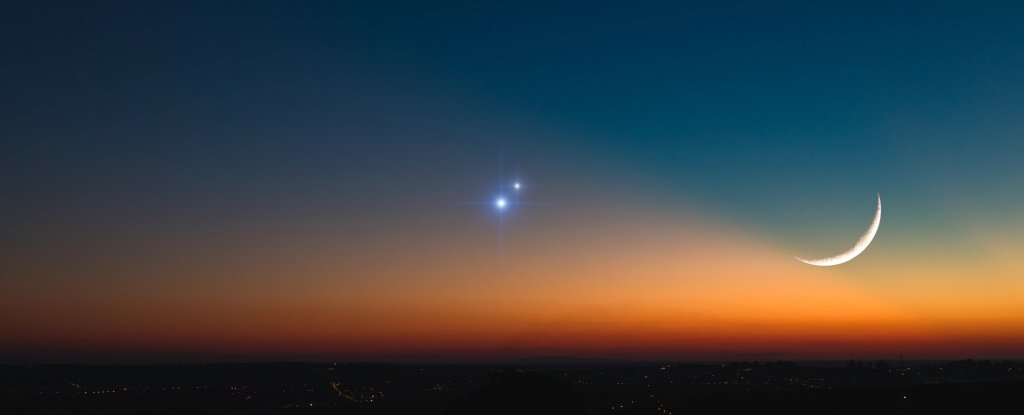
In the early hours of 30 April 2022, we’ll have the chance to see Venus and Jupiter ‘nearly collide’ as they appear to move incredibly close together from our vantage point.
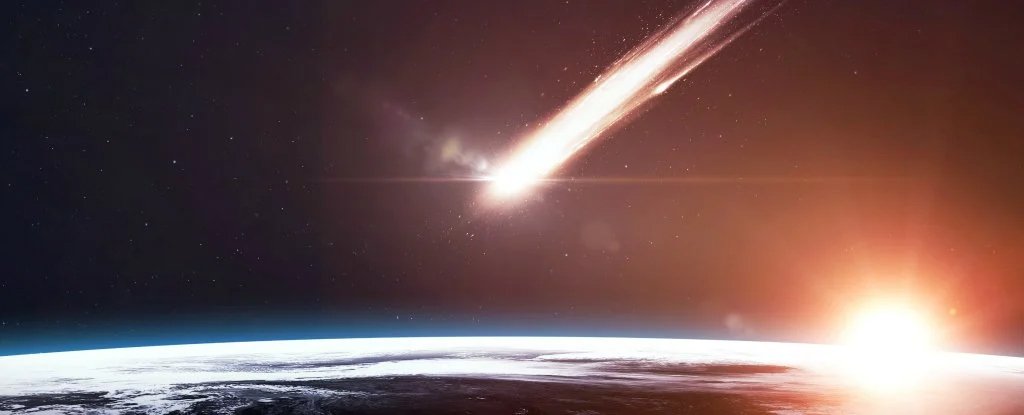
We still don’t know just how the first life emerged on Earth. One suggestion is that the building blocks arrived here from space; now, a new study of several carbon-rich meteorites has added weight to this idea

The two brightest planets will be a beauty to spot if you can find somewhere with a low enough eastern horizon.
Image from: User:1j1z2 (Wiki Commons)
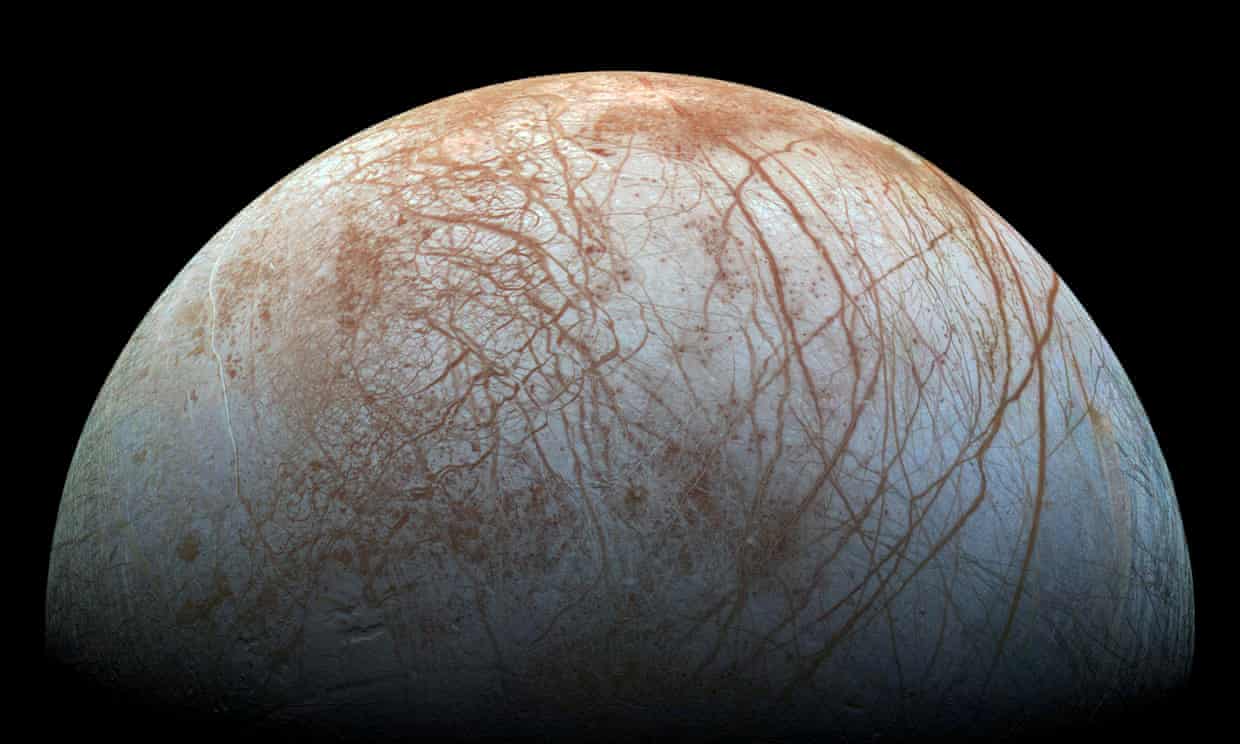
Surface features similar to ones seen on Greenland ice sheet suggest underground liquid water that could host organic matter.
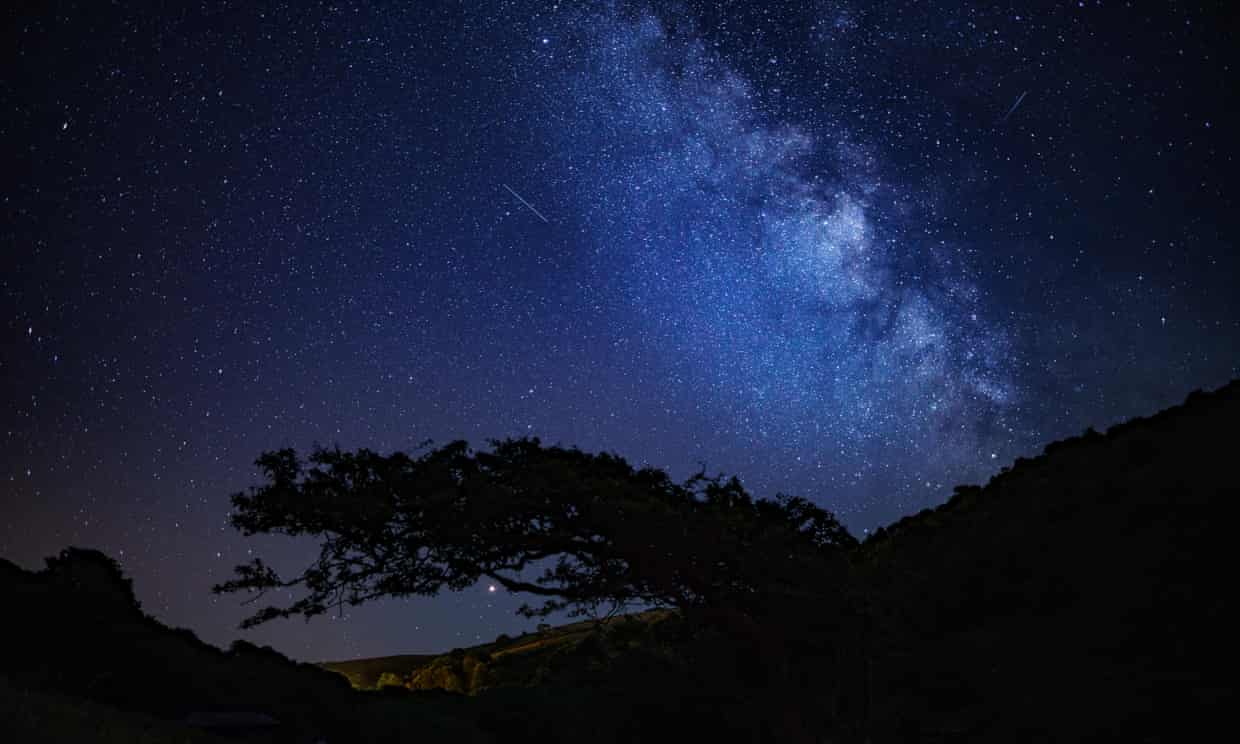
Beacon of Galaxy message could be sent into heart of Milky Way, where life is deemed most likely to exist.








